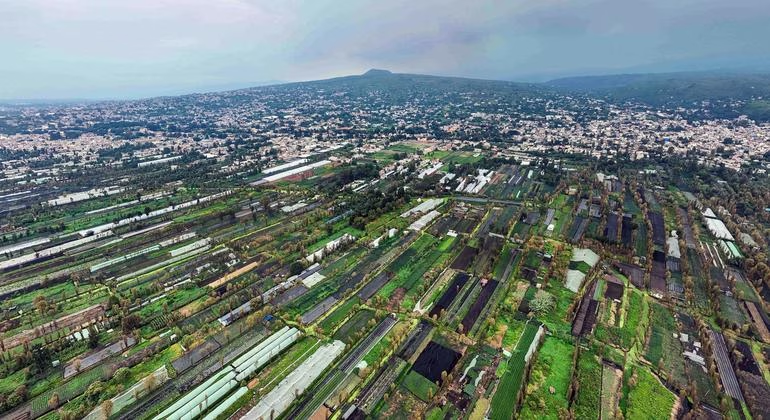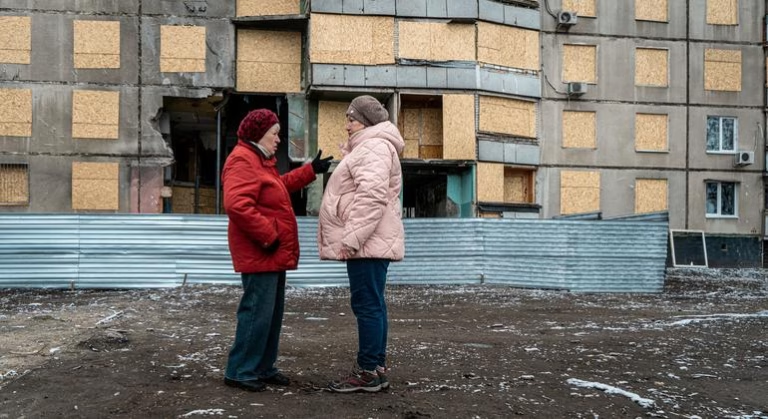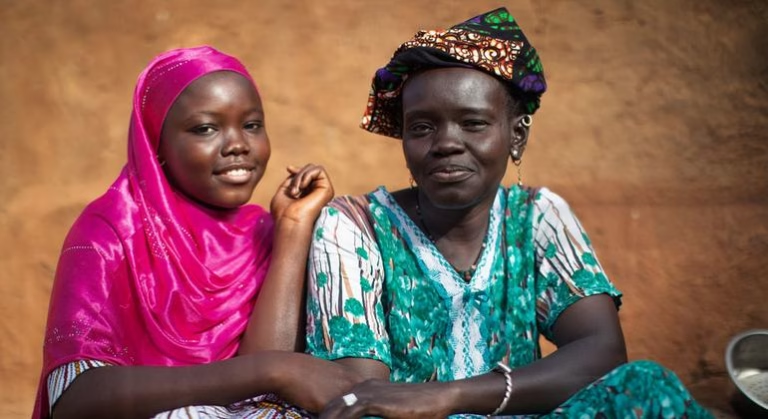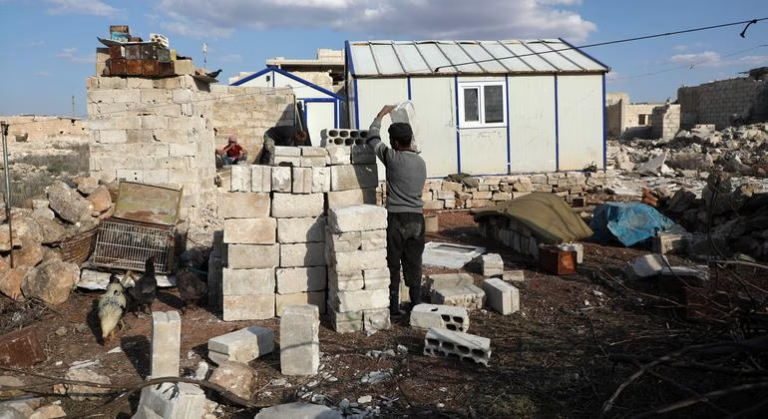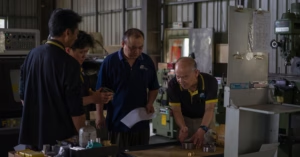The chinamperos derive their name from "chinampas," which are human-made floating islands resembling gardens. These islands were created by the Aztecs who discovered that by layering mud, plants, and branches on shallow lake beds, they could form highly fertile pieces of land.
For several centuries, these chinampas sustained farming communities by providing them with a living space and means of cultivation. However, the climate crisis, reduced interest in farming among younger people, and the growing water needs of the city have endangered this traditional way of life.
A team from the UN University met with the farmers of Xochimilco to discuss the release of the 2025 Interconnected Disaster Risks report. The report aims to establish the connections between disasters and human behaviors.
The participants explored the rich history of the Xochimilco community and potential ways to preserve their unique way of living for future generations.
Lauro Rivera, a 72-year-old beekeeper, shared his experiences about growing up in Xochimilco. He emphasized the importance of the hard work of their ancestors who created the vast network of canals and chinampas.
Samuel Luna, a 67-year-old vegetable farmer, expressed his pride in the ancestral knowledge and uniqueness of the chinampas. He acknowledged the challenges of pollution and water scarcity but remains committed to using environmentally friendly methods.
Eric Enríquez, a 45-year-old farmer and grandson of Samuel, discussed the importance of traditional farming passed down through generations. Despite technological advancements, he recognized that not everyone can afford these tools, emphasizing their importance for the livelihood of the chinampas.
Mariana Cruz, a 29-year-old historian, evoked images of her great-grandmother rather than the stereotypical image of a male farmer. She stressed the significance of the canals and water for the Xochimilco community and the value of their work.
These voices underline the urgent need to protect and preserve this ancestral farming tradition, drawing attention to the critical role it plays in maintaining the ecological and cultural heritage of Mexico City.
Source: https://news.un.org/feed/view/en/story/2025/04/1161681



